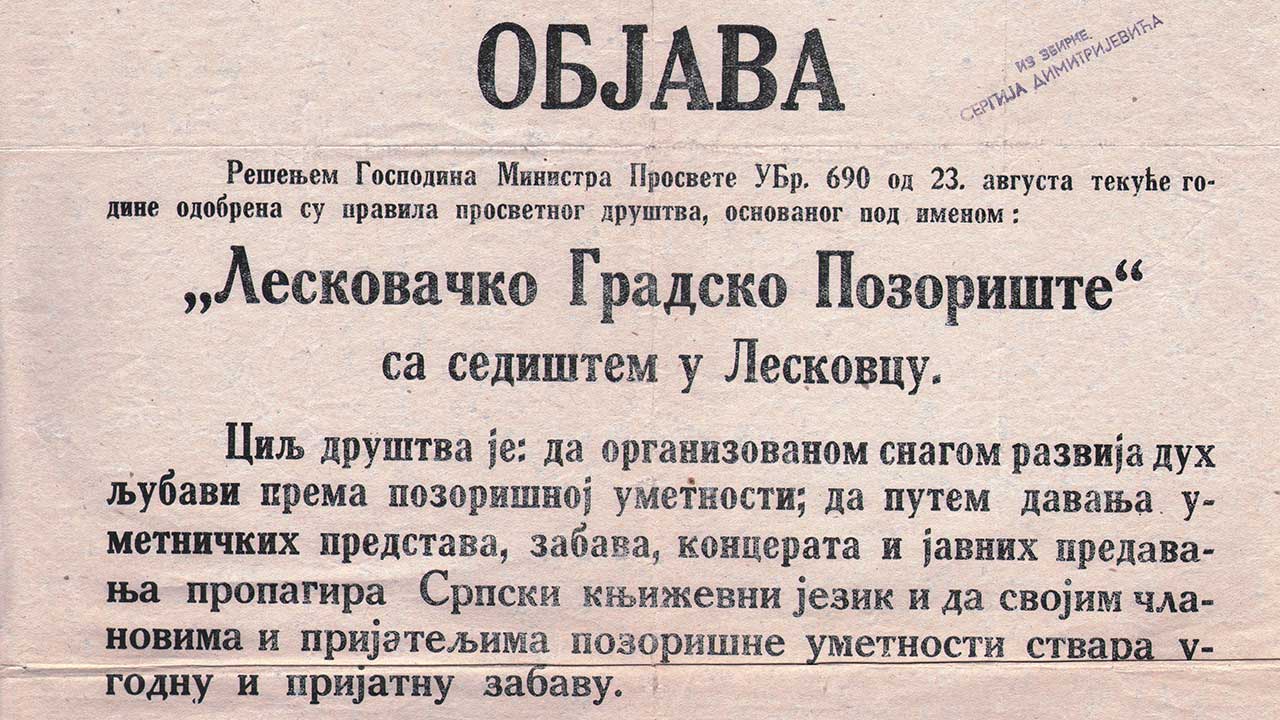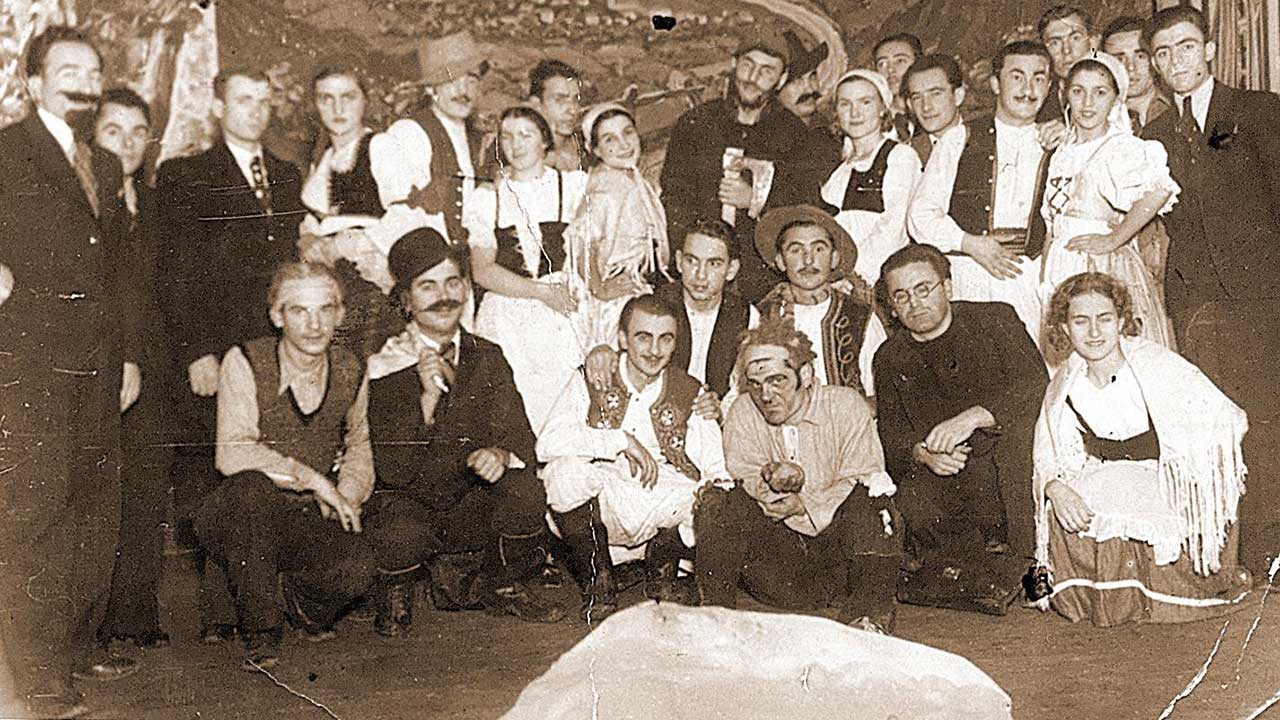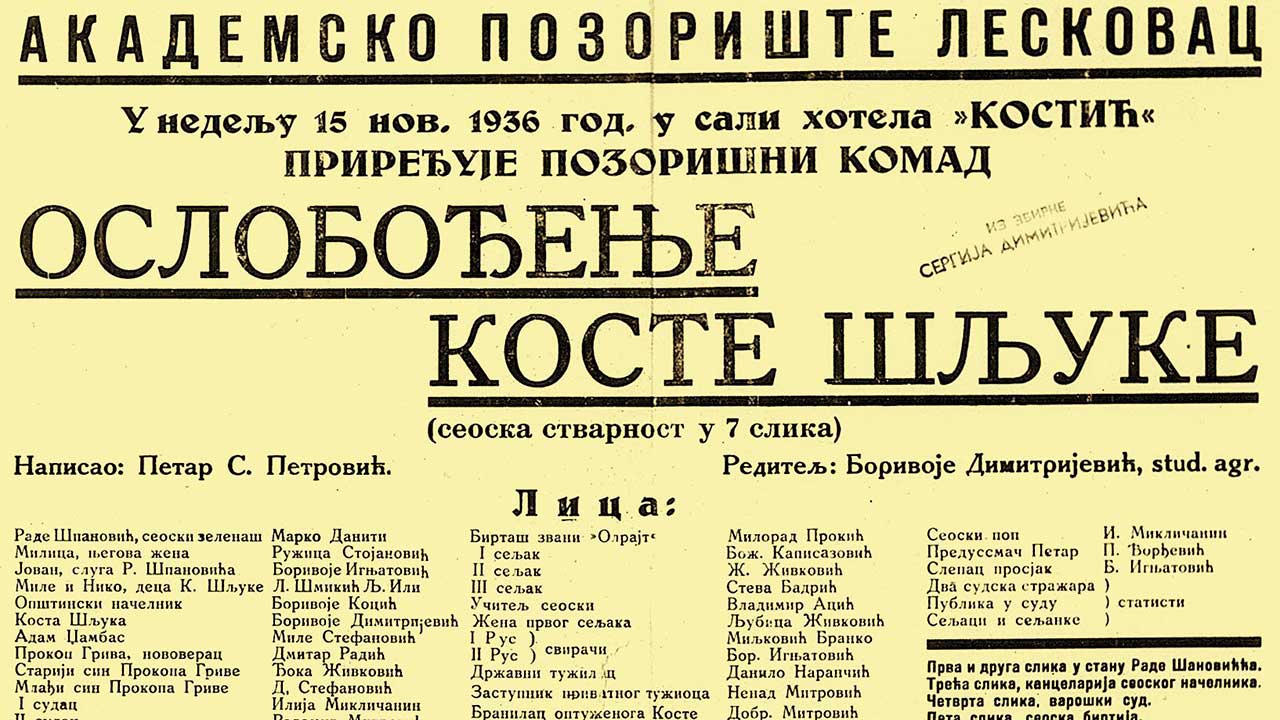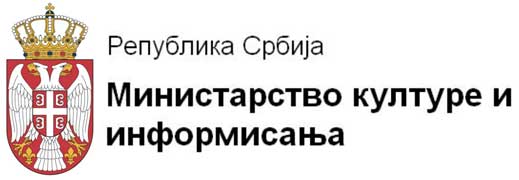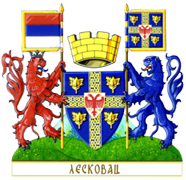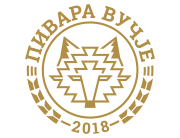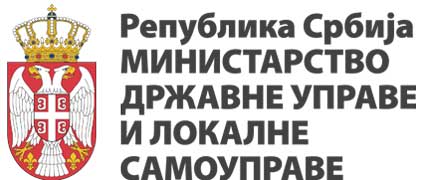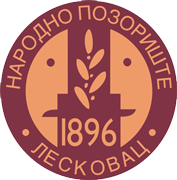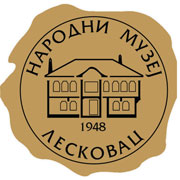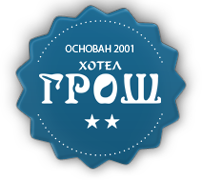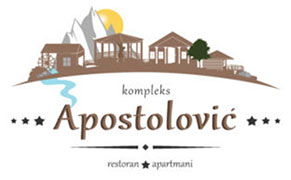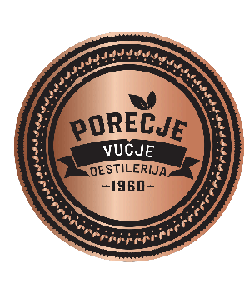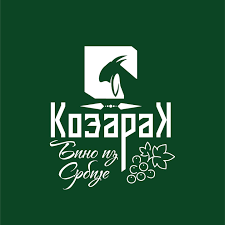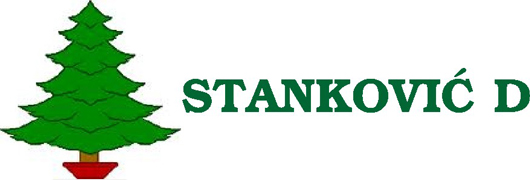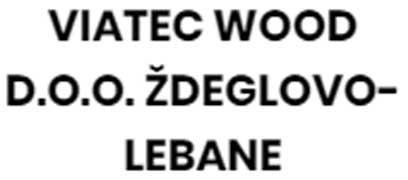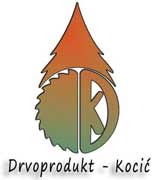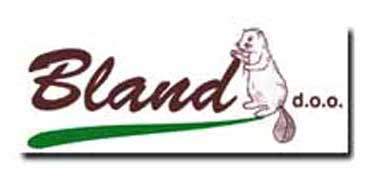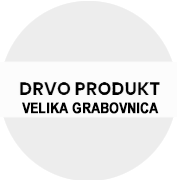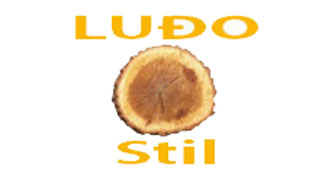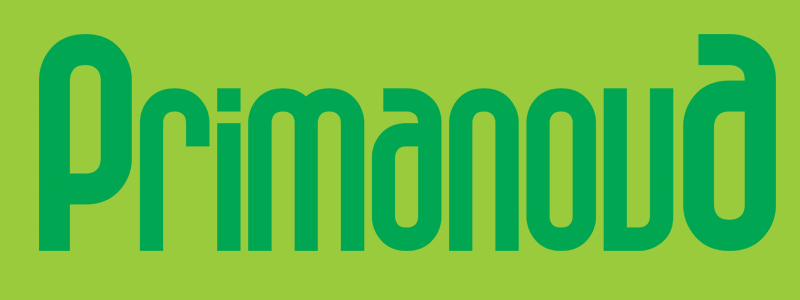Since the late 19th century, there was a tradition of theatre in Leskovac. The First Amateur Theatre, “Jug Bogdan,” was founded in 1896. In the inter-war period, the theatre achieved much success in Leskovac due to its exchanging repertoires with other theatres in Serbia. The audience in Leskovac could see the giants of the Serbian theatre scene, Dobrica Milutinovic in Shakespeare's, “The Merchant of Venice,” or in, “Othello,” Zanka Stokic, Milivoje Zivanovic and others.
They could also enjoy the repertory of the theatre group Dusan Radekovic, as well as in the play by Maxim Gorky, “At the bottom,” performed by the Russian, “Art Theatre.”
Leskovac’s city theatre was founded in 1926; the first performance of, “Death of Jugovic’s mother,” was performed in the hall of the Hotel, “Paris.” During its two-year existence, they played over 300 performances. In addition to professional theatres in Leskovac, the students formed the Academic Theatre (1934), managed by Bora Dimitrijevic. This continued onwards with occasional interruptions up until the beginning of World War II. The most popular show was, “The Liberation of Kosta Sljuke.” The Academic Theatre, in addition to theatrical performances, portrayed cheerful evenings with sketches, choral recitals and political satire.
The theatre group which in the years before the war achieved the greatest level of success, was the drama department of the Cultural and Artistic society, “Abrasevic.” The most popular dramatic piece from rural and working-class life was Djido.
The high schools and elementary schools also successfully staged plays under the management of teachers and professors. Their work contributed amicably to the dramatic works of Leskovac.
Theatrical performances were usually performed in the hall or garden of a hotel. The audience would be seated at cafe tables and during the show their dinner would be served. The waiters moved between the tables, the conversations of guests with the waiters were heard, the rattling of the plates was ever present, and it was objectively speaking, disturbing and disrupting to the flow of the actors.
Excerpt from the monograph
“The Golden Era Of Leskovac 1918-1941”
Zvonimir Šimunec
Mira Ninošević
Veroljub Trajković
